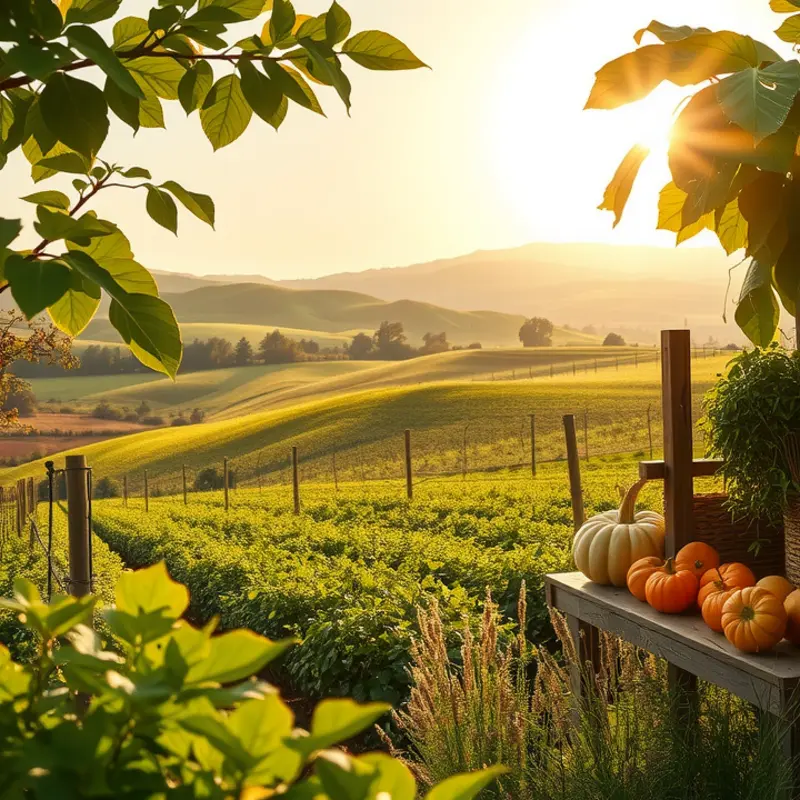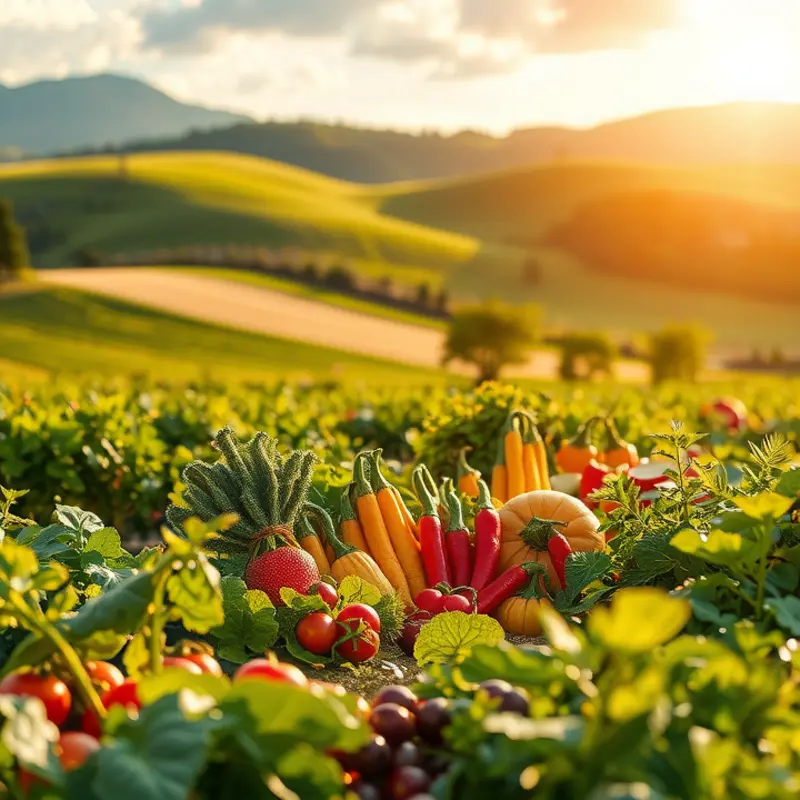Storing dried beans and legumes correctly is essential for preserving their flavor, texture, and nutritional value. With proper storage techniques, you can minimize waste and ensure these pantry staples remain fresh and safe for consumption. In homes worldwide, beans and legumes serve as economical sources of protein. Understanding how to store them can enhance your cooking and reduce food costs. Let’s explore effective strategies for storing these nutritious staples.
Choosing the Right Storage Containers

Selecting appropriate storage containers for dried beans and legumes is crucial to ensuring they retain freshness and nutritional value. Among the first considerations when choosing containers is the material. Glass jars are a popular choice because they are non-porous and prevent odors or flavors from leaching into the contained food. Additionally, glass does not react with food, maintaining the natural flavors and nutrients of the beans and legumes.
Plastic containers offer an alternative with their lightweight and shatter-resistant benefits. Opt for containers made from high-quality, food-grade plastic that’s free from BPA and other harmful chemicals. An important feature for both glass and plastic containers is an airtight seal, which keeps moisture and pests at bay.
Another choice is metal containers, typically made from stainless steel, which are durable and highly effective at blocking out light. Blocking light is critical because exposure can degrade the quality of the legumes over time. Ensure the metal storage options come with a tight-fitting lid to keep the contents airtight.
When organizing your pantry, consider the shape and size of your containers. Tall, cylindrical shapes use space efficiently, especially when they are stackable. Clear containers, whether glass or plastic, also allow for easy identification of contents without opening them, reducing the risk of contamination.
Labelling the containers is also essential. Use a permanent marker or a label maker to display the name of the beans and the date stored. This practice aids with tracking shelf life and rotation, minimizing waste. You could link this practice to further eco-friendly habits, as discussed in this guide on creating an environmentally conscious kitchen storage.
While storage in a cool, dry place is standard advice, it’s worth noting that very low temperatures can also be beneficial. If the space allows, storing beans in a freezer-safe container can significantly extend their shelf life. Make sure to use containers that are designed to withstand low temperatures.
Finally, it’s important to periodically check on stored beans and legumes, assessing their condition and looking for any signs of spoilage. Regularly revisiting the organization of your pantry not only ensures freshness but also maximizes the utility of the space. Adopting these practices in choosing and utilizing the right containers enables an efficient and sustainable approach to pantry management.
Proper Storage Techniques for Longevity

Proper storage can significantly extend the shelf life of dried beans and legumes, essential for maintaining their nutritional quality and taste. These foods, being a staple in many kitchens, require particular attention to avoid spoilage and ensure they remain ready for any recipe. Here, we provide practical tips to help achieve optimal storage conditions.
Select the Right Container
The choice of container plays a crucial role in prolonging the life of dried beans and legumes. Opt for airtight containers that prevent moisture, pests, and odors from infiltrating. Mason jars with tight-sealing lids and vacuum-sealed bags are excellent choices, creating a barrier against the elements. Keep in mind that while plastic containers are convenient, they may sometimes harbor unwanted smells.
Store in a Cool, Dry Place
Temperature control is critical. Dried beans and legumes are best stored in cool, dry environments. A pantry or cupboard away from heat sources like ovens or stovetops will protect them from temperature fluctuations. Aim for a location with a stable temperature below 75°F (24°C), and ensure the space is devoid of humidity, which can lead to mold growth and spoilage.
Limit Light Exposure
Light, particularly sunlight, can degrade the quality of dried legumes. It can lead to loss of color, flavor, and nutritional value over time. Store your containers in dark places or use opaque storage solutions to minimize exposure. If glass containers are used, ensure they are stored in a location that avoids direct sunlight.
Consider Long-Term Storage Solutions
For those storing large quantities or planning on long-term storage, consider using food-grade buckets with gamma seal lids or vacuum sealing for extra protection. Oxygen absorber packets can also be added to containers to reduce oxidation, which can compromise the legumes’ longevity and flavor.
Regular Inspection
Periodically check your stored legumes for signs of spoilage, such as discoloration or an off smell, and discard any compromised stock immediately. Also, keep an eye out for pest intrusion, particularly if you live in areas prone to pantry pests.
Rotate Stock
Implementing a ‘first in, first out’ system will help prevent older stock from languishing at the back of your storage. Regular rotation not only preserves quality but ensures everything you use has a consistently good flavor.
Using these storage techniques effectively reduces food waste and supports sustainable kitchen habits. For more tips on maintaining an eco-smart kitchen, check out this article. Integrating efficient storage practices can prolong the life of your pantry staples, save money, and improve meal quality.
Final words
Effectively storing dried beans and legumes is fundamental to maintaining their freshness and nutritional value. By choosing the right containers, ensuring proper sealing, and following environmentally-friendly practices, you can minimize waste and maximize your food management efforts. Take the time to organize your pantry and refrigerate if necessary. Implement these strategies today for a sustainable approach to food storage that supports healthy eating and reduces waste. Proper storage not only saves money but ensures your dried beans and legumes remain a delicious component of your meals.







